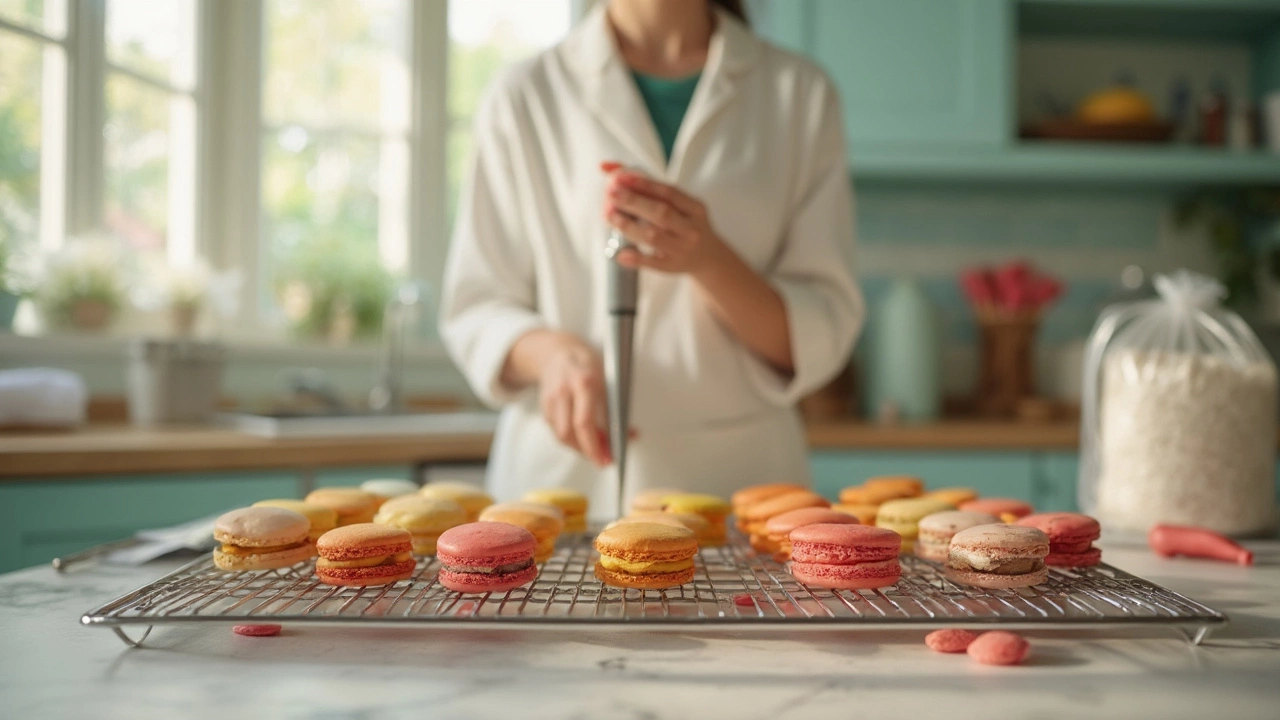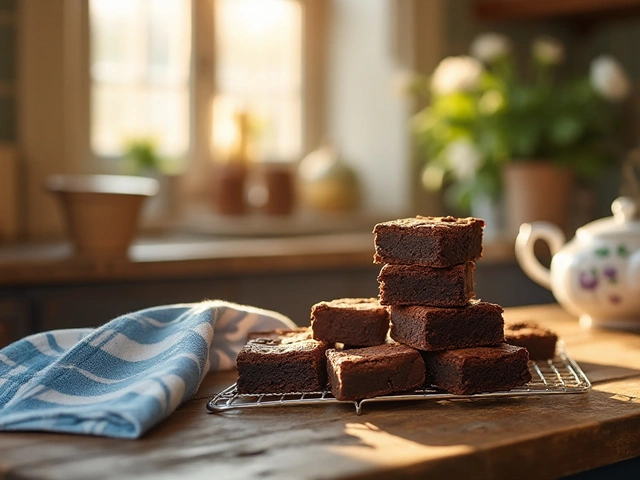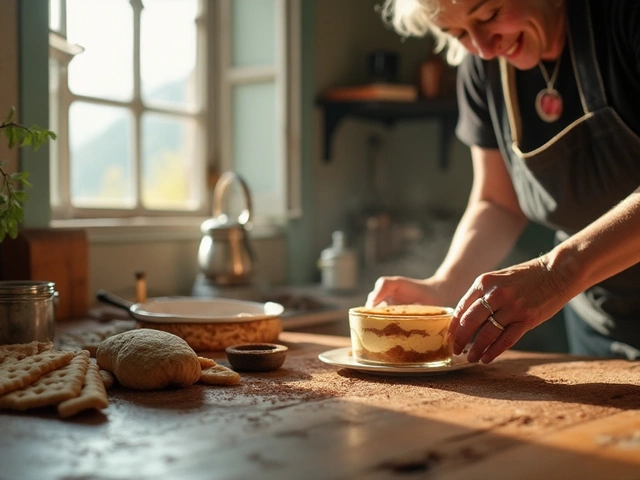Troubleshooting Baking Problems – Fast Fixes for Everyday Mistakes
Ever pull a tray out of the oven and wonder why it looks nothing like the picture? You’re not alone. Most bakers hit a snag at some point – a crust that’s too hard, a batter that won’t rise, or a frosting that slides off. The good news? Most of those bugs have a simple fix you can try right now.
Common Issues and Simple Solutions
1. Cake that sinks in the middle. Usually this means the oven temperature was too low or the batter was over‑mixed. Try checking your oven with an independent thermometer and mix just until the flour disappears. If the cake is already baked, you can level the top with a spatula and add a layer of frosting or jam to hide the dip.
2. Brownies that are dry or crumbly. Over‑baking is the main culprit. Set a timer for a few minutes less than the recipe calls for and test with a toothpick – it should come out with a few moist crumbs, not clean. If they’re already baked, drizzle a little melted chocolate on top; the extra fat will bring back some moisture.
3. Macarons with cracked shells. Cracking often happens because the oven door was opened too early or the shells were under‑aged. Let the piped shells sit at room temperature for 30‑45 minutes before baking, and keep the door shut until the timer goes off. If you still get cracks, gently press the shells together after they cool – they’ll seal and look perfect.
4. Vegan candy that melts too fast. Plant‑based chocolates have lower melt points. Store them in a cool, dry place and use a silicone mold that can handle a little heat. If they’re already soft, pop them in the fridge for 10 minutes, then enjoy.
5. Frosting that slides off brownies. This usually means the frosting is too warm or the brownies are still hot. Let the brownies cool completely on a wire rack, then spread a thin layer of buttercream and chill for 5 minutes before adding the final coat. The cooling step gives the frosting a firm base.
Preventing Future Baking Disasters
Start with the basics: measure ingredients with the right tools – a kitchen scale for weight, a set of measuring cups for volume. Even a small deviation can throw off the chemistry.
Next, prep your pans. Greasing and lining with parchment paper creates a smooth release and avoids stuck edges. For cakes, a light dusting of flour on top of the grease helps the batter climb the sides evenly.
Don’t ignore the rest periods. Letting batter sit (especially for items like macarons) allows the surface to form a skin that prevents cracks. Similarly, letting dough rest after mixing relaxes gluten and makes it easier to shape.
Finally, trust your senses. If something smells off, looks weird, or feels wrong when you whisk, pause and double‑check the recipe. A quick sniff or visual check can save a whole batch.
Next time a dessert doesn’t turn out right, remember there’s usually a quick fix. With a few simple adjustments, you can turn a flop into a win and keep your kitchen confidence high.






